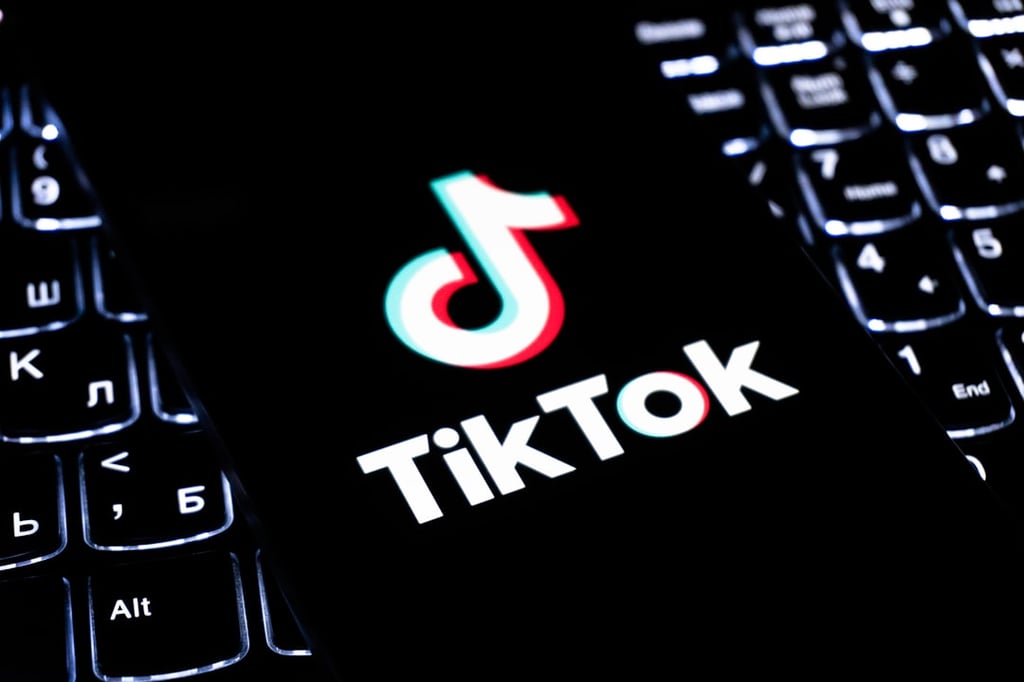Datamation content and product recommendations are
editorially independent. We may make money when you click on links
to our partners.
Learn More
Twenty percent of the businesses polled by PricewaterhouseCoopers (PwC) for its 6th Annual Digital IQ study said that they were investing in sensors this year, a 3 percent gain from last year.
The professional services firm polled 1,500 business and technology executives to gauge their response to the expanding market for Internet of Things (IoT) solutions. The results indicate that connected sensors are showing up on the radar of a growing number of business leaders.
Twenty-five percent of “Top Performers,” companies that PwC ranks among the “top quartile for revenue growth, profitability, and innovation,” are adopting sensors this year to boost their IoT initiatives, versus 18 percent last year.
Clearly, many of them approve of the effect sensors are having on the bottom line. A slim majority (54 percent) of Top Performers plan to invest more in sensors in 2014, said PwC.
According to PwC, enterprises are turning to sensors for many of the same reasons that they adopt any technology: better, more efficient business processes. “For businesses, the Internet of Business Things (IoBT) helps companies achieve enhanced process optimization and efficiencies by collecting and reporting on data collected from the business environment,” stated the report.
The burgeoning market for IoT solutions also happens to align the priorities of most businesses. “More and more businesses are adding sensors to people, places, processes and products to gather and analyze information to make better decisions and increase transparency,” said PwC.
Gartner forecasts that by 2020, data from 26 billion devices will pour into the Internet of Things. And those devices will have a big effect on IT departments.
“Data center operations and providers will need to deploy more forward-looking capacity management platforms that can include a data center infrastructure management (DCIM) system approach of aligning IT and operational technology (OT) standards and communications protocols to be able to proactively provide the production facility to process the IoT data points based on the priorities and the business needs,” said Gartner research director Fabrizio Biscotti in a statement.
On a global basis, Asia leads in sensor adoption (24 percent), followed by Latin America (23 percent), Africa (22 percent), Europe (19 percent) and finally North America (18 percent). It’s a state of affairs that is unlikely to change, according to PwC. “Only 8 percent of respondents from European companies and 7 percent of respondents from North American businesses said they plan to boost their investments,” said the report.
The top five industries investing in sensors are energy and mining (33 percent), power and utilities (32 percent), automotive (31 percent), industrial/manufacturing (25 percent) and hospitality (22 percent). Healthcare (20 percent), retail (20 percent), entertainment (18 percent), IT (17 percent) and financial services (13 percent) round out the top ten.
Pedro Hernandez is a contributing editor at Datamation. Follow him on Twitter @ecoINSITE.
Photo courtesy of Shutterstock.
-
Huawei’s AI Update: Things Are Moving Faster Than We Think
FEATURE | By Rob Enderle,
December 04, 2020
-
Keeping Machine Learning Algorithms Honest in the ‘Ethics-First’ Era
ARTIFICIAL INTELLIGENCE | By Guest Author,
November 18, 2020
-
Key Trends in Chatbots and RPA
FEATURE | By Guest Author,
November 10, 2020
-
Top 10 AIOps Companies
FEATURE | By Samuel Greengard,
November 05, 2020
-
What is Text Analysis?
ARTIFICIAL INTELLIGENCE | By Guest Author,
November 02, 2020
-
How Intel’s Work With Autonomous Cars Could Redefine General Purpose AI
ARTIFICIAL INTELLIGENCE | By Rob Enderle,
October 29, 2020
-
Dell Technologies World: Weaving Together Human And Machine Interaction For AI And Robotics
ARTIFICIAL INTELLIGENCE | By Rob Enderle,
October 23, 2020
-
The Super Moderator, or How IBM Project Debater Could Save Social Media
FEATURE | By Rob Enderle,
October 16, 2020
-
Top 10 Chatbot Platforms
FEATURE | By Cynthia Harvey,
October 07, 2020
-
Finding a Career Path in AI
ARTIFICIAL INTELLIGENCE | By Guest Author,
October 05, 2020
-
CIOs Discuss the Promise of AI and Data Science
FEATURE | By Guest Author,
September 25, 2020
-
Microsoft Is Building An AI Product That Could Predict The Future
FEATURE | By Rob Enderle,
September 25, 2020
-
Top 10 Machine Learning Companies 2020
FEATURE | By Cynthia Harvey,
September 22, 2020
-
NVIDIA and ARM: Massively Changing The AI Landscape
ARTIFICIAL INTELLIGENCE | By Rob Enderle,
September 18, 2020
-
Continuous Intelligence: Expert Discussion [Video and Podcast]
ARTIFICIAL INTELLIGENCE | By James Maguire,
September 14, 2020
-
Artificial Intelligence: Governance and Ethics [Video]
ARTIFICIAL INTELLIGENCE | By James Maguire,
September 13, 2020
-
IBM Watson At The US Open: Showcasing The Power Of A Mature Enterprise-Class AI
FEATURE | By Rob Enderle,
September 11, 2020
-
Artificial Intelligence: Perception vs. Reality
FEATURE | By James Maguire,
September 09, 2020
-
Anticipating The Coming Wave Of AI Enhanced PCs
FEATURE | By Rob Enderle,
September 05, 2020
-
The Critical Nature Of IBM’s NLP (Natural Language Processing) Effort
ARTIFICIAL INTELLIGENCE | By Rob Enderle,
August 14, 2020
SEE ALL
ARTICLES









